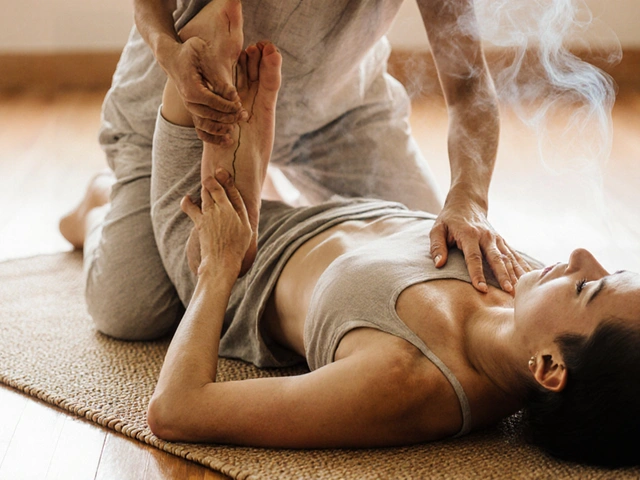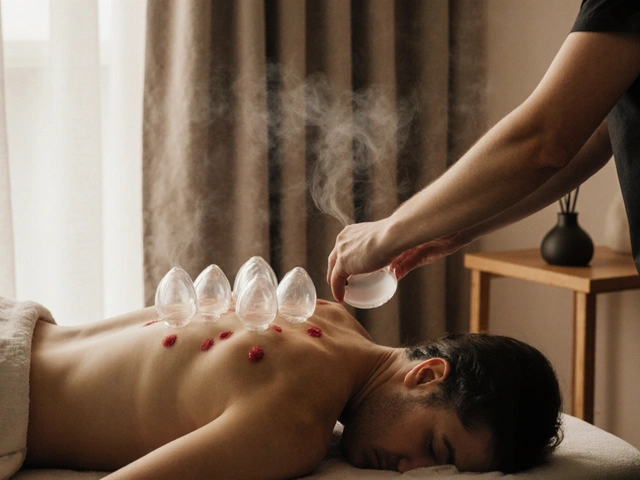Non-Invasive Approach: Gentle, Effective Ways to Feel Better
What if you could ease pain, reduce stress, and improve posture without drugs or surgery? Non-invasive approaches use touch, movement, and pressure to trigger your body’s own healing. From acupressure and Feldenkrais to Hellerwork and warm stone massage, these methods can help with soreness, tension, sleep, and daily energy.
These options are real treatments, not just pampering. Therapies like trigger point massage, Ortho-Bionomy, and Rolfing change how your muscles and fascia behave. Movement methods such as Feldenkrais and bioenergetics teach your nervous system to move more efficiently. Acupressure and polarity therapy target specific points to ease pain and calm the nervous system. Most sessions are low-risk and focus on gradual, lasting change.
How to pick the right non-invasive therapy
Start with the problem, not the trend. If you have tight muscles and knots, try trigger point work or a skilled therapeutic massage. For chronic posture issues, look at Rolfing or Hellerwork. If pain flares with certain movements, Feldenkrais or Ortho-Bionomy can teach safer patterns. Want stress relief or better sleep? Acupressure, Amma, or a warm stone session can be quick wins.
Ask these questions before booking: What training and certifications do you have? How do you handle medical conditions and pain? Can you describe a typical session? A good practitioner listens, explains risks and benefits, and offers a clear plan for follow-up. If someone promises instant cures, be cautious.
Quick at-home moves and what to expect
Try simple self-care between sessions. Do 5–10 minutes of mindful slow movements (neck rolls, pelvic tilts) to retrain your nervous system. Apply steady pressure to a sore spot for 20–30 seconds—this is basic acupressure. Use a warm towel or heat pack for tight, achy muscles, and alternate with gentle stretching. These small habits speed recovery and make sessions more effective.
Expect gentle work and a plan. Most non-invasive therapies need multiple visits—think progress over weeks, not a single miracle session. You may feel sore for 24–48 hours after deeper work; that’s normal. Stop treatment and seek medical advice if you get sharp pain, numbness, fever, or swelling.
Non-invasive care pairs well with medical advice. If you’re facing surgery or a specific diagnosis, talk with your doctor about how manual and movement therapies fit into your recovery. Many people reduce pain, gain mobility, and avoid invasive procedures by combining smart self-care with skilled non-invasive treatments.
Want to explore these methods near you? Read our guides on Hilot, Lomi Lomi, Feldenkrais, Ortho-Bionomy, acupressure, and more to find practical tips and trusted practitioners. Small, consistent steps usually beat dramatic fixes—start with one gentle change and see how your body responds.

Rolfing: A Non-Invasive Approach to Body Healing
Hey there! I've discovered a new technique called Rolfing, a non-invasive approach to body healing that's really got me excited. This holistic therapy holds so much promise for us guys, and I couldn't wait to share it with you. It works by manipulating the body's myofascial structure, promoting wellness and balance. Ready to explore the world of Rolfing with me?
Categories
- Health and Wellness (148)
- Alternative Therapies (86)
- Massage Therapy (40)
- Travel and Culture (15)
- Beauty and Skincare (9)
- Holistic Health (8)
- Health and Fitness (5)
- Spirituality (5)
- Other (2)
- Personal Development (2)
Popular Articles



